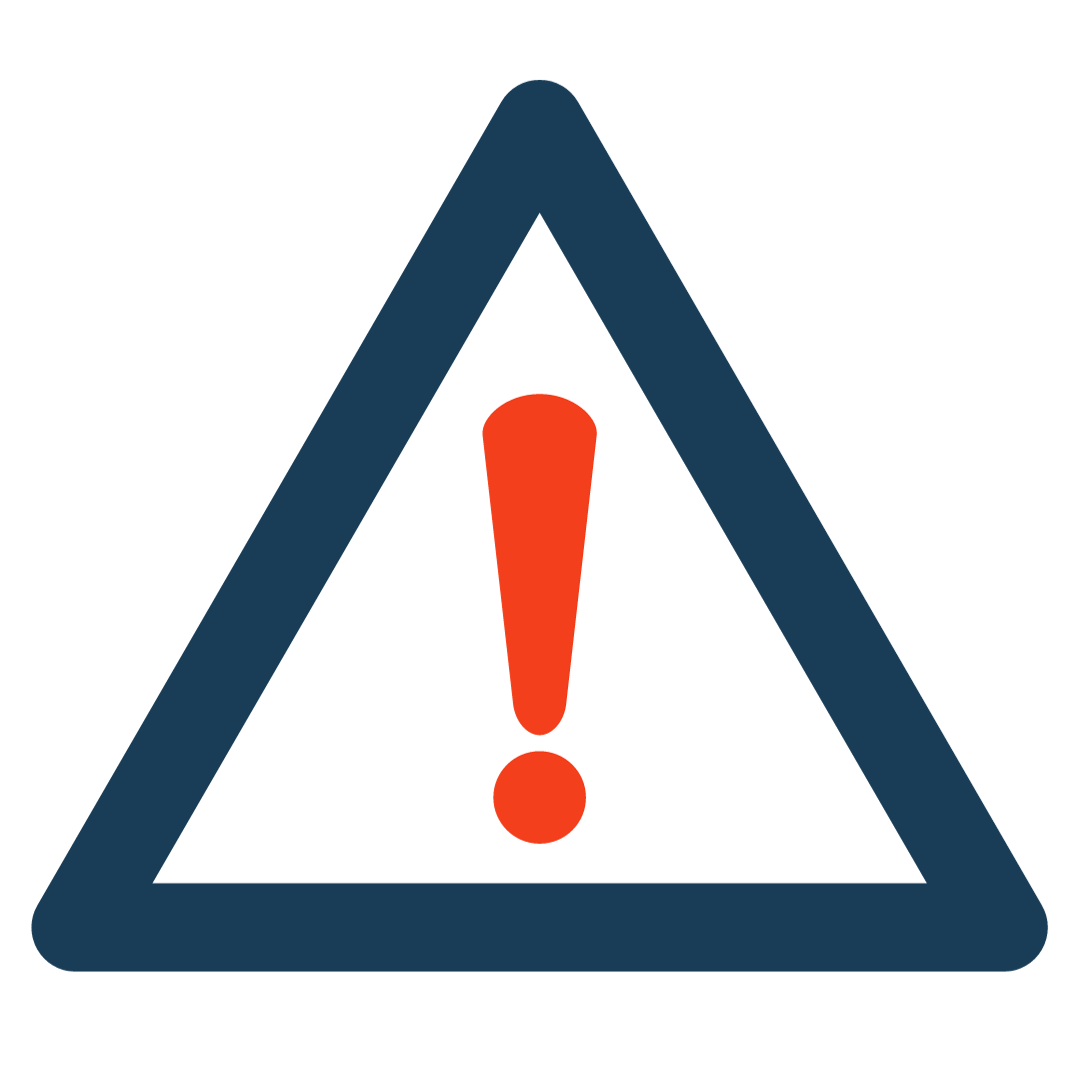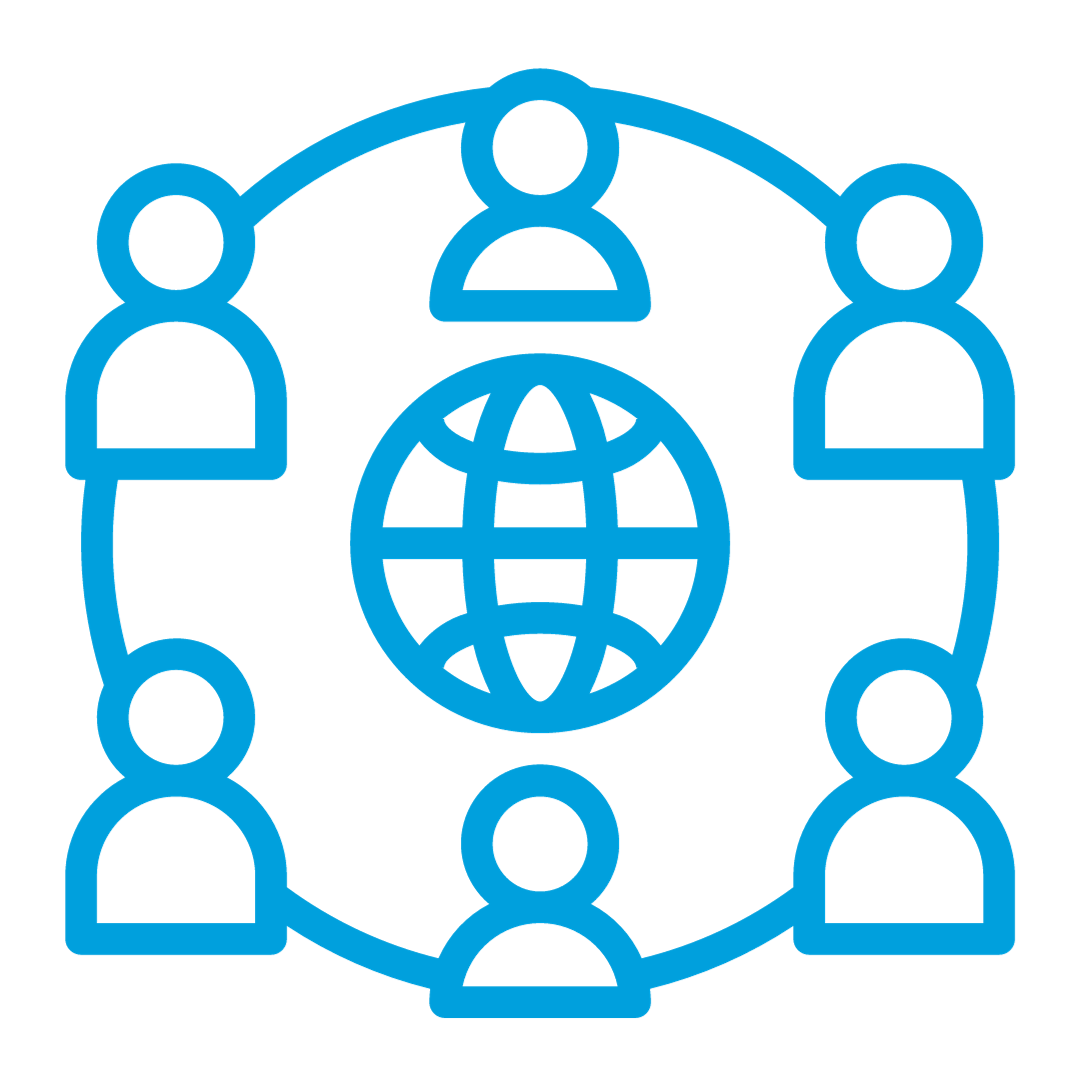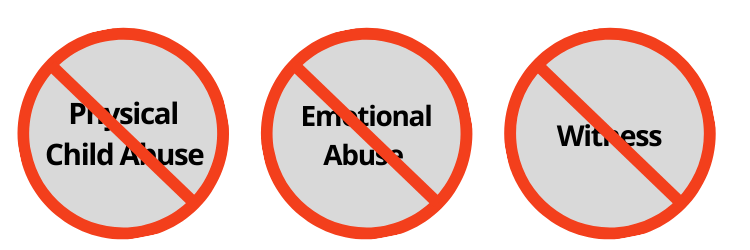Childhood Domestic Violence
When you grow up witnessing domestic violence in your childhood home, that’s childhood domestic violence.
What Is Childhood Domestic Violence?

The Problem
In your childhood home, when you grow up witnessing domestic violence, thats called childhood domestic violence. Through the lens of childhood, domestic violence is violence between parents or towards a parent. It can be physical, verbal or both. And unlike other universally understood childhood adversities like physical child abuse or child sexual abuse or divorce, CDV remains largely unknown, even by those who experience it.

The Global Reach
UNICEF calls growing up in a home with domestic violence “one of the most pervasive human rights challenges of our time.” It impacts 1 in 8 people or more than 1 billion individuals globally. 275 million children are currently experiencing childhood domestic violence and 725 million adults experienced it just a generation or two ago.

The Impact on a Life
CDV can have a profound impact that lasts into adulthood. The experience instills a common cluster of negative beliefs that, if unchallenged, can lead to physical, psychological, relationship, emotional, social, and behavioral challenges. It is not uncommon for those who experience CDV to believe falsely believe they are guilty, resentful, sad, alone, angry, hopeless, fearful, worthless, unattractive, unloved and unlovable.
What Childhood Domestic Violence Is NOT
Childhood Domestic Violence is one of the 10 Adverse Childhood Experiences (ACEs) identified by researchers that can have a defining impact on a life. Unlike universally understood adversities like physical child abuse, when the child is physically harmed, or child sexual abuse or divorce, childhood domestic violence remains largely unknown. It has the lowest awareness level of any of the adversities one can face in their childhood home. Even among those who experience childhood domestic violence, many mistakenly believe that because they ‘just witnessed’ the violence that nothing happened to them.
One does not ‘just witness’ domestic violence but rather experiences childhood domestic violence. This is distinct from other adversities like physical child abuse and emotional abuse. However, than half of those who experience CDV, also experience five other adversities. CDV is not experienced in a vacuum but is rather a predictor of other adversities faced.

A First Step…
Below are three paths to overcome, learn, discover and to find tools that can help address the impact – for yourself, someone you love, or someone you support professionally. Please click the button that best reflects your needs.
You experienced CDV
If you grew up in a home where you experienced childhood domestic violence and want to pursue self discovery and find answers for yourself
Someone I love experienced childhood domestic violence
If you care for someone who was impacted by CDV and you want to learn more about how you can better support them
I help with those who experienced CDV
If you work with impacted children or adults in a professional role and are interested in trainings or tools
